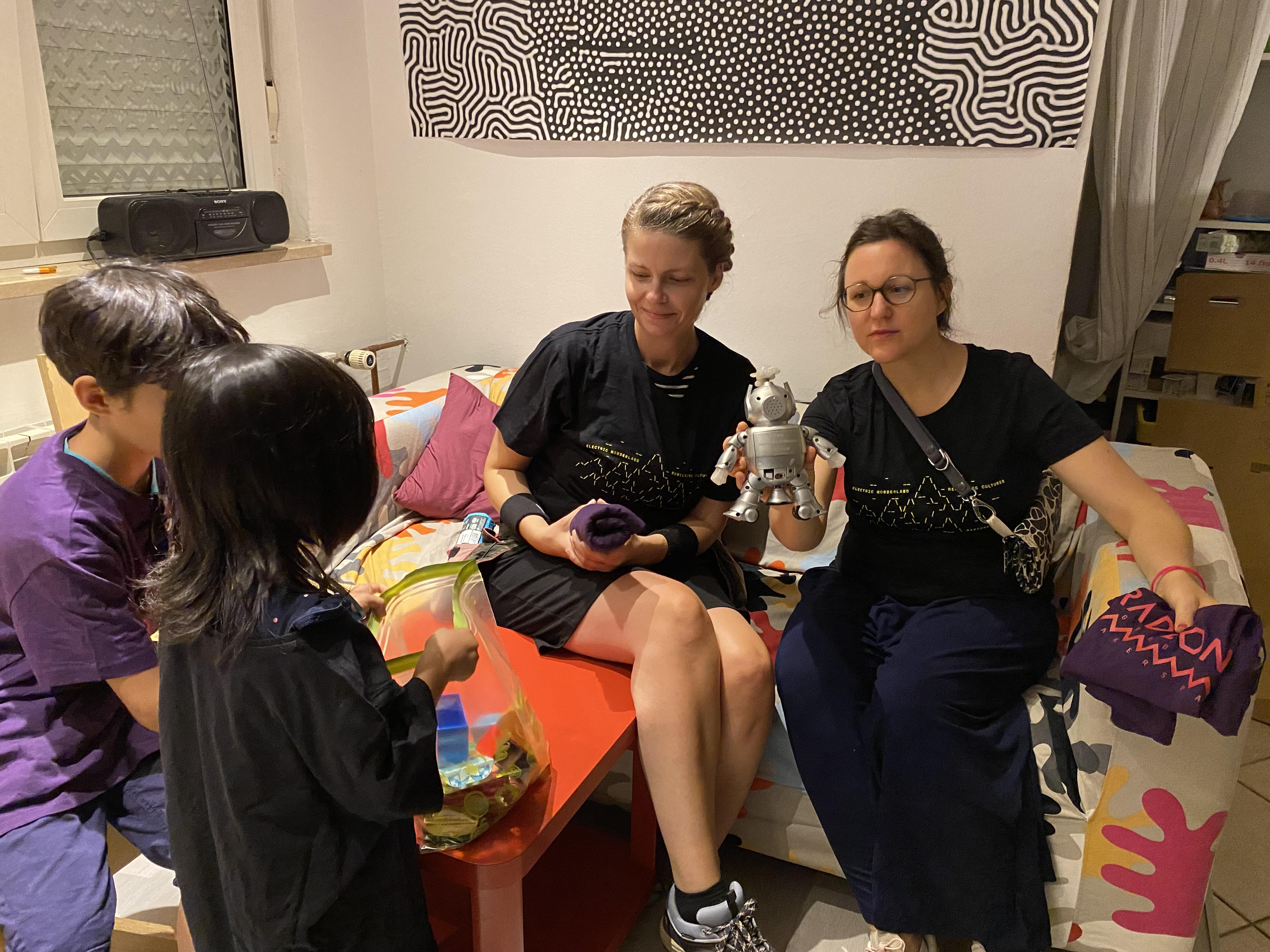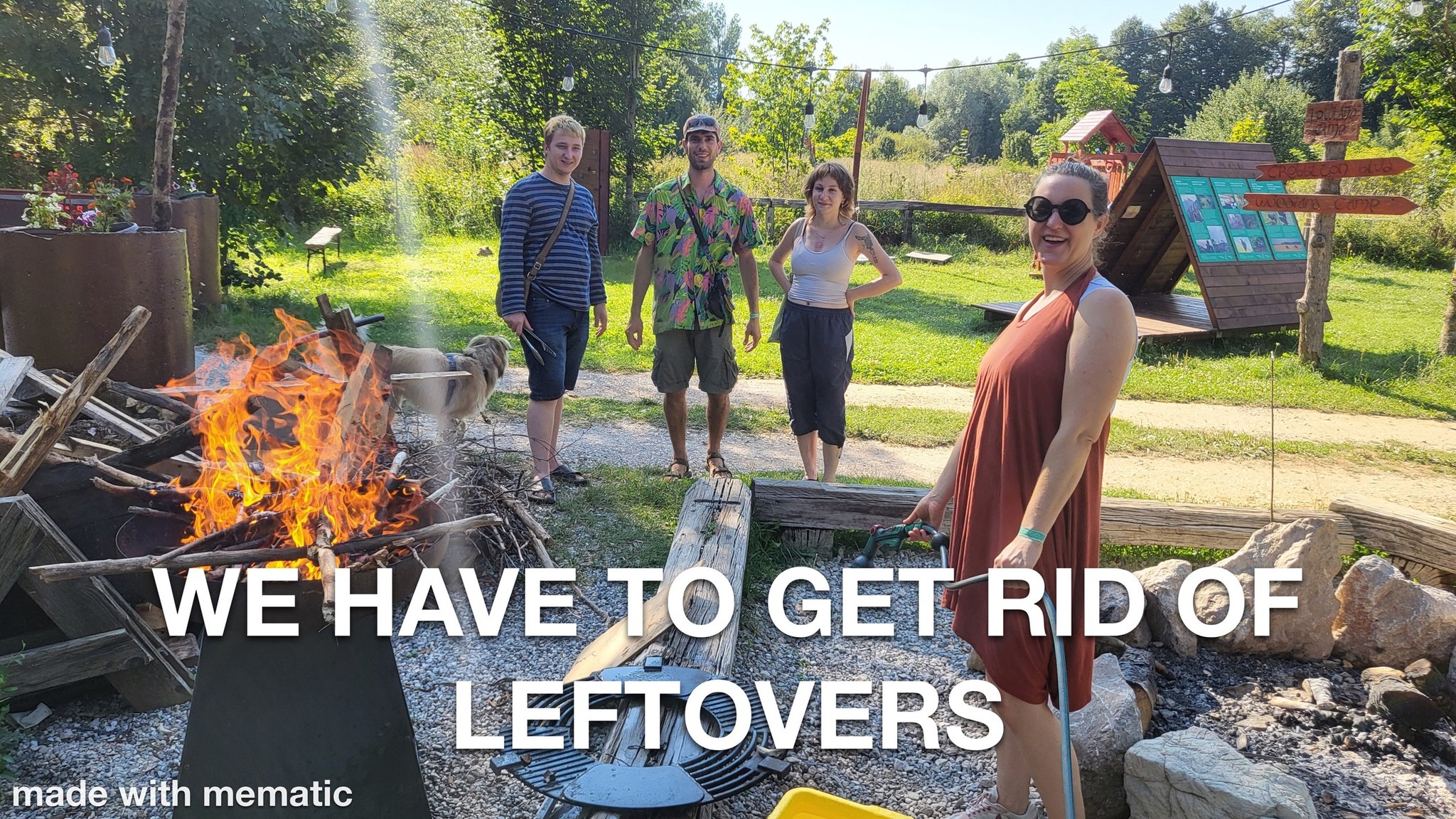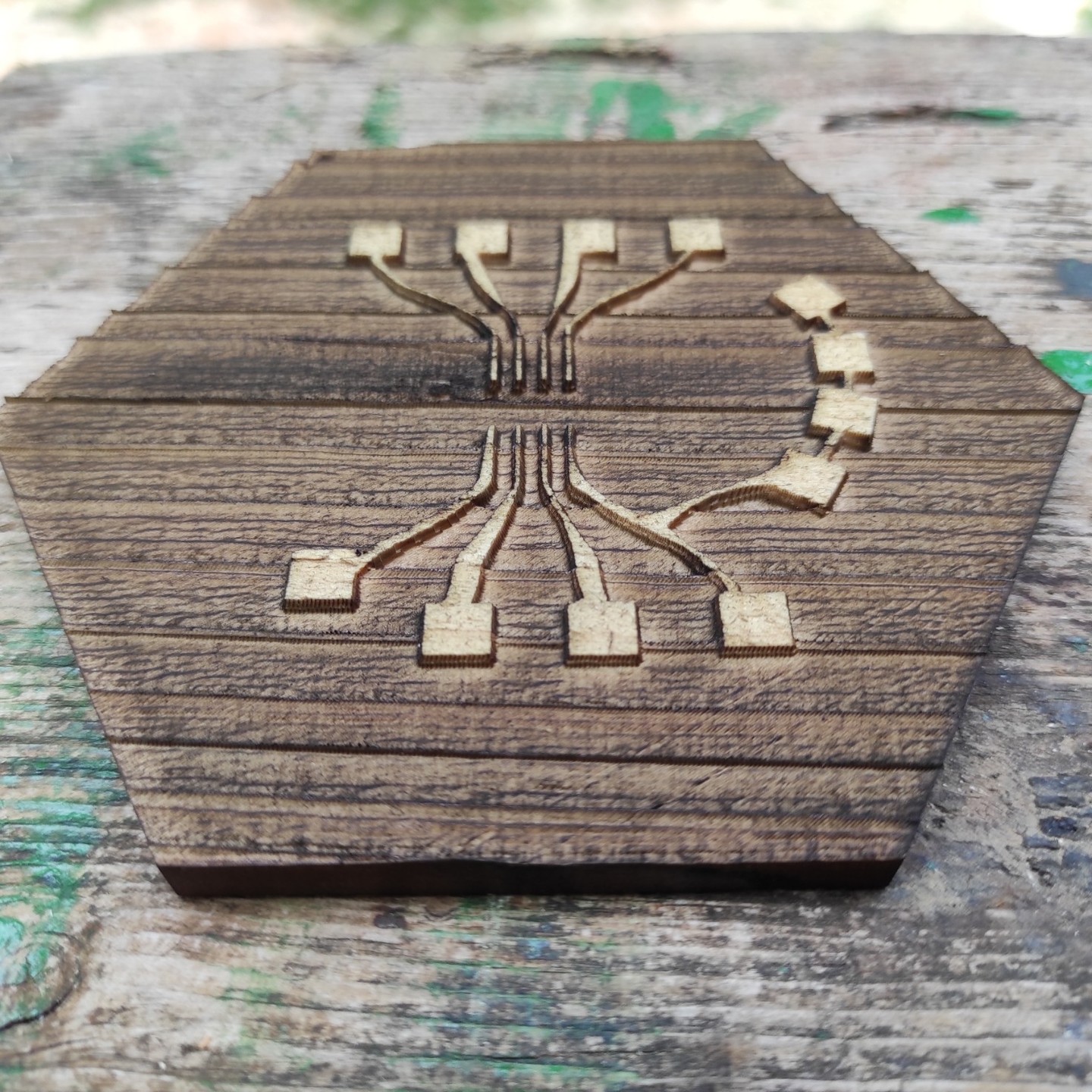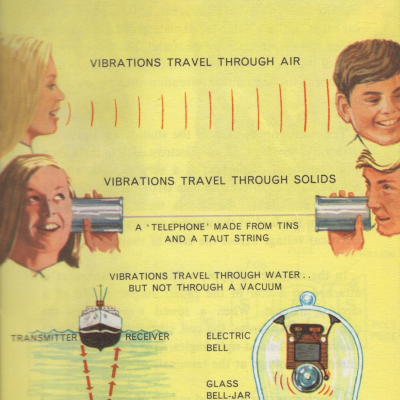It started out as a kind of road movie: Deborah, Monika and I hit the road in a packed car - the kids covered in toys on the back seat. We had just visited Zagreb’s most delightful Makerspace, Radiona, and had succeeded in squeezing half of it into Radiona’s mini van (Dacia Dokker) - Just a few kilometers away from Zagreb we noticed that the roads were completely blocked by pale and intensively sweating tourists in a long traffic jam of cars heading south. However, with some headache and a lot of delay we reached Gospic safe and sound - and drove up to the peaceful, calm and remote place that became our new home for the following days: Electric Wonderland.

The area is up in the mountains, close to the mediterranean sea and is inhabited by wild animals, birds, butterflies and hobbits. Or at least artists, makers, designers, musicians who live like hobbits. The accommodation is built into the hills with round doors that shelter you from rain, heat and passionate experimental noise music. These hobbit homes are cosy and make you sleep like a rock. The next day members of Radiona welcomed us like family, with freshly cooked food, relaxed sunrise conversations and layed back, unconference style programming. The most dominant structure on this camp area is the dome that was built last year by participants of the camp. The dome is a beautiful and impressive landmark made from massive wood. Nothing makes you think of terms otherwise associated with makerspace output such as „temporary“ or „DIY“. The dome offers a solid, trustworthy architecture for buzzing social gatherings, workshops, performances and lectures. Its unpredictable acoustics served as inspiration for sophisticated sound interfaces. It also became the most recommended place for storing 3D printers, biohack microscopes, laser cutters and other sensitive gear. Electric wonderland has a chill vibe, yet at the same time I got much more work done than in other hack camps that I attended in the last years. This is owed mostly to the fact that my care work was seen and acknowledged as work and then delegated to an ally and gifted hacker artist. With that I mean that it was ok to bring my children and everyone on the camp was helping me to take care of them. Monika built compasses, robots and torches with my kids, encouraged them to explore chalk, tatoos, bodypaint and soap bubbles as legit technologies and kept them busy while their scatterbrained hacker mom uploaded code to ATTINY chips, searched for wild clay or enjoyed the rich vegan buffet. This is how I was allowed to get to know many participants a bit closer and had the chance to learn more about their projects, favorite DIY tools and the organisations or collectives they usually run. I learned from them about land art, tardigrades, solarpunk, treasure hunt gadgets, eco feminist books, weaving bots and how to play with different sound circuits.

But the best part was sunbathing on the beach and swimming in that cold and crystal clear water from an underwater spring and hanging out in the lovely community of electric wonderland citizens. What I had planed to share with this community was my latest project on Feminist Hardware. In the workshop that I had developed with Patricia J. Reis, I tried to use local and existing materials for making a microcontroller platform from scratch. Monika helped me to hunt down nearby wild clay and prepare all the necessary tools and parts. Participants sat together on the ground in stone age style for cleaning and sifting the new found clay. The topic was Eco-Feminist Decolonial Hardware. With this we meant hardware that is developed without mining in harmful ways, in an environmentally friendly way. We wanted to emphasise that it needs to be done under fair working conditions, and manufactured from ubiquitously available materials, such as upcycled electronic parts, clay and reused conductive elements.

The aim was to not generate any e-waste and create a manufacturing process in the spirit of consent, love and care. Sitting together in a circle like a stone age clan we started talking about different approaches to perma computing. We kneaded the clay, formed balls and used a large hexagon shaped cookie cutter to make tiles from them. The tiles were imprinted with a 3D printed stamp for a PCB layout. After firing the wild clay cookies in an open fire we added the pre-programmed ATTINY chips on top. Here we would usually apply re-used silver in the form of conductive ink to fixate chip to PCB. But for this workshop I wanted to use what’s already there. Goran helped me to lasercut lines in the right shape and form from a leftover electricity conductive foil. The connection between conductive foil and clay PCB was not as stable as expected, but my participants luckily were experts and together found workarounds to still make the PCB work. This shared prototyping experience was really widening my horizon on ethical technology. Talking to participants was expanding my knowledge and motivating me to keep working with locally found materials. We shared new methods of manufacturing and discussed how this could take us closer to the goal of eco-feminist decolonial hardware. I want to thank the entire team that made this camp possible. It was a truly unforgettable, highly productive, relaxing and very joyful time.
artist-in-residence during Electric Wonderland - EW2024
1st October 2024
